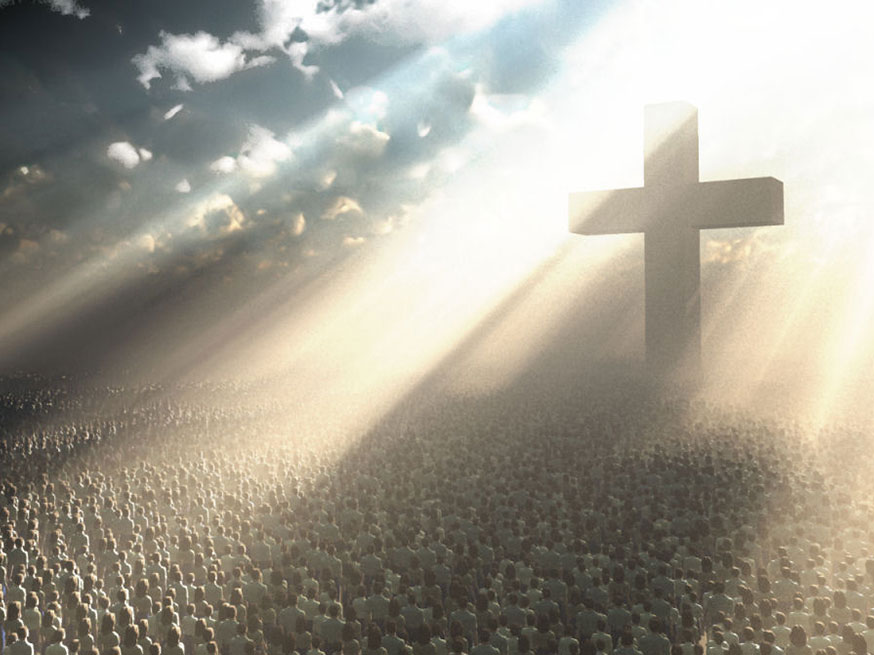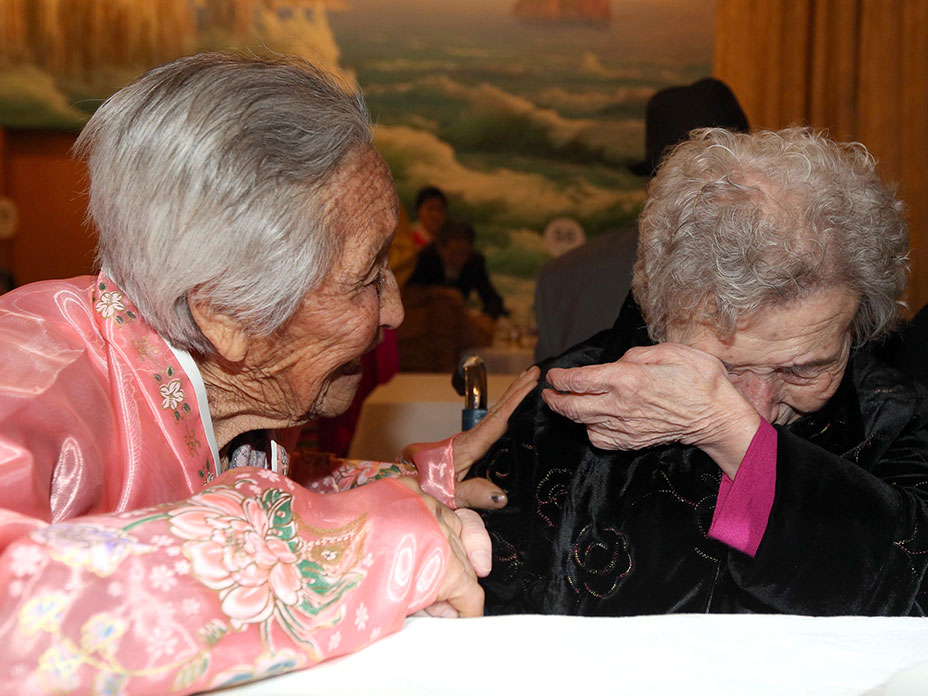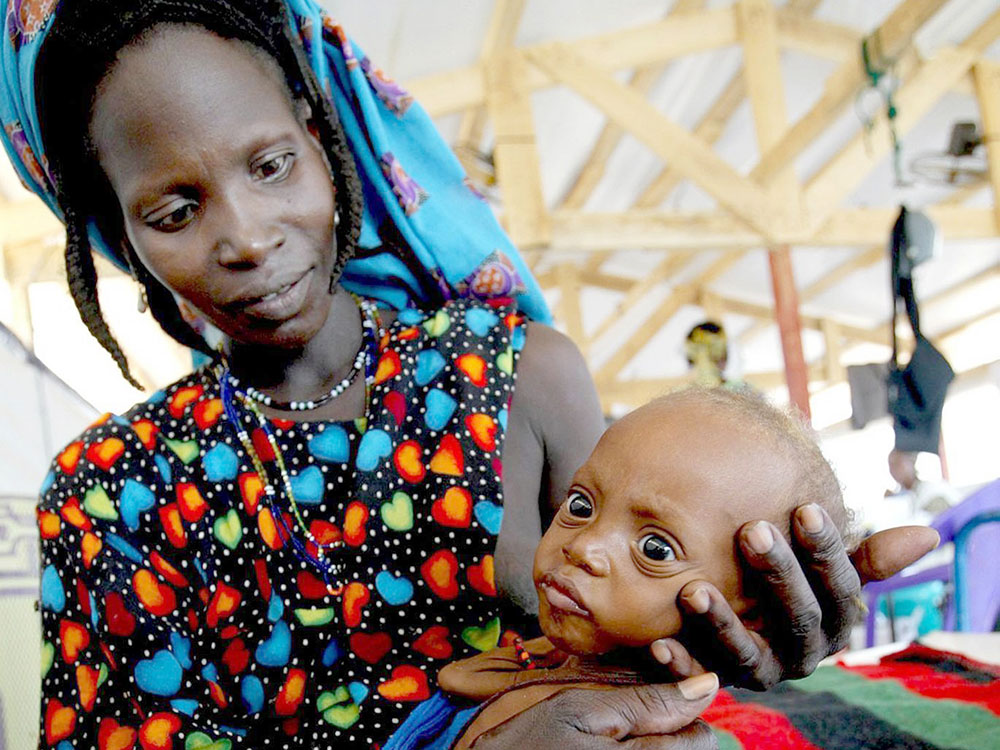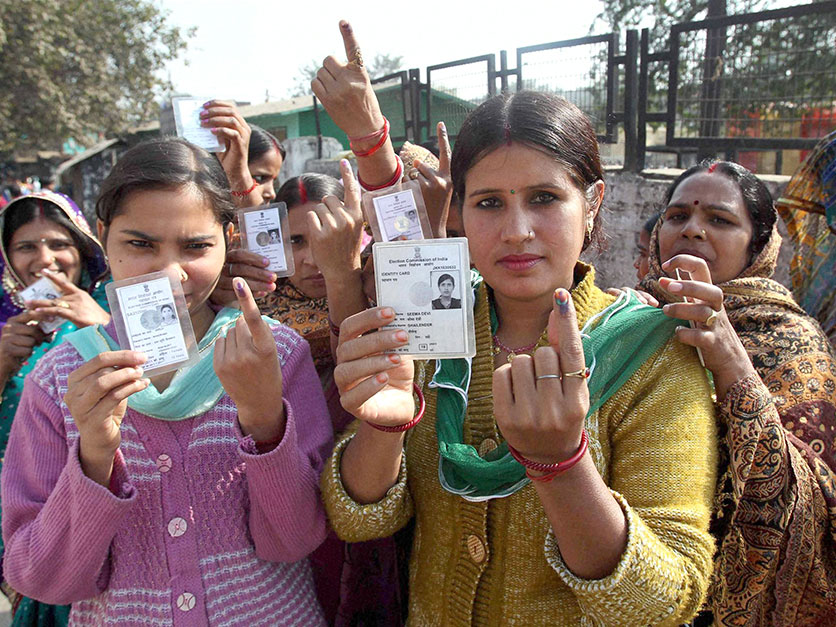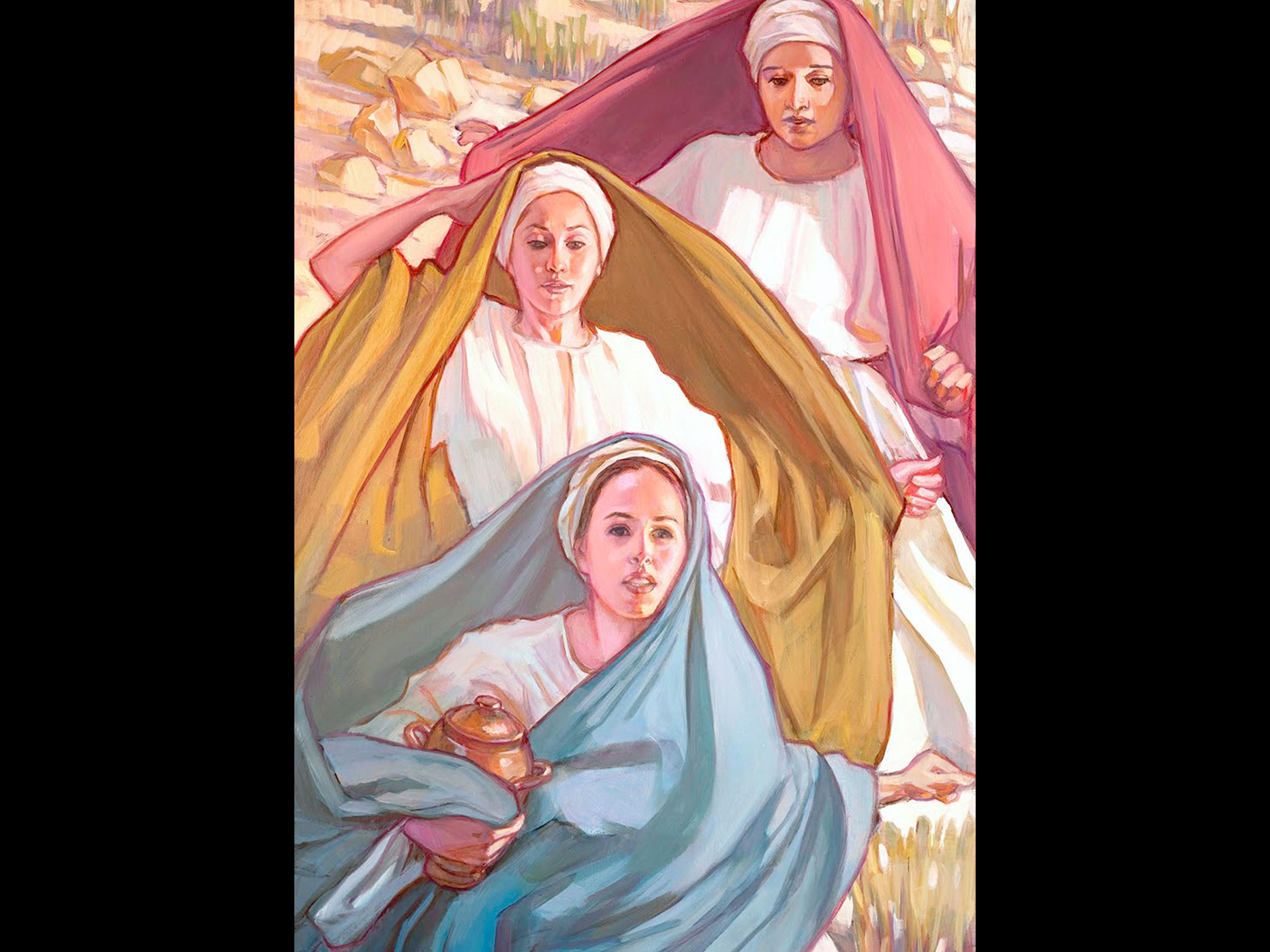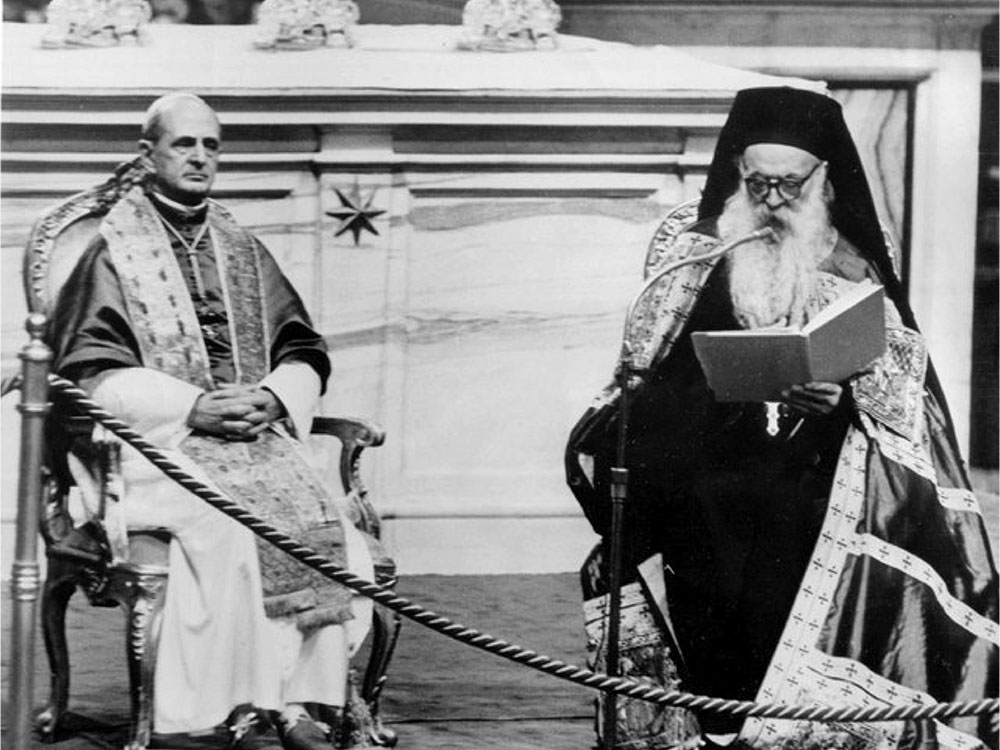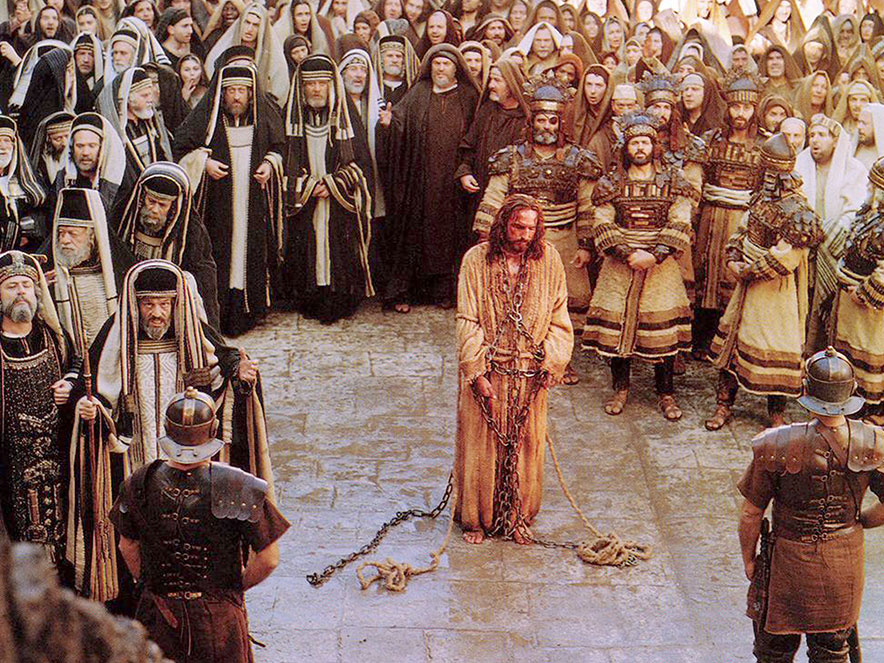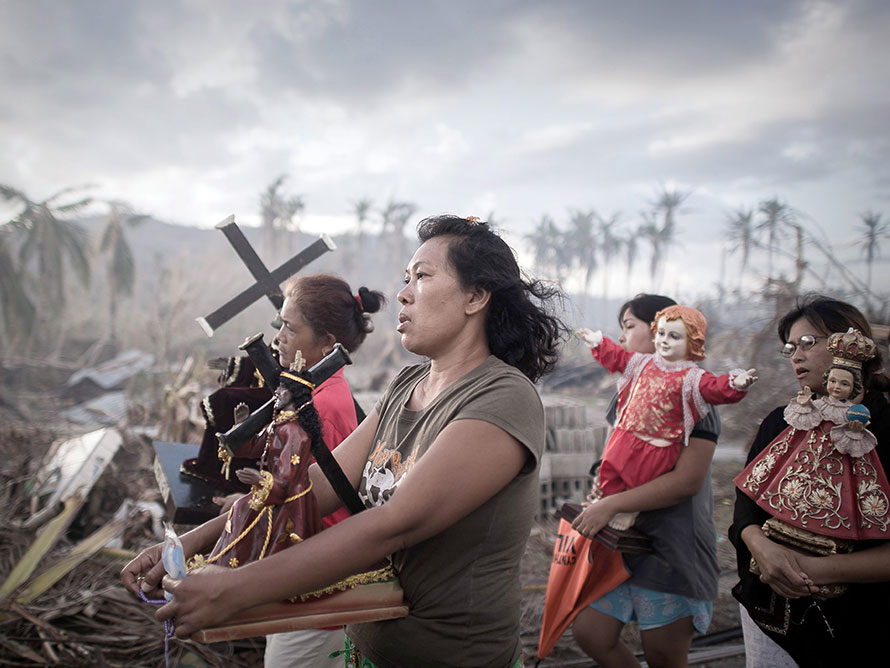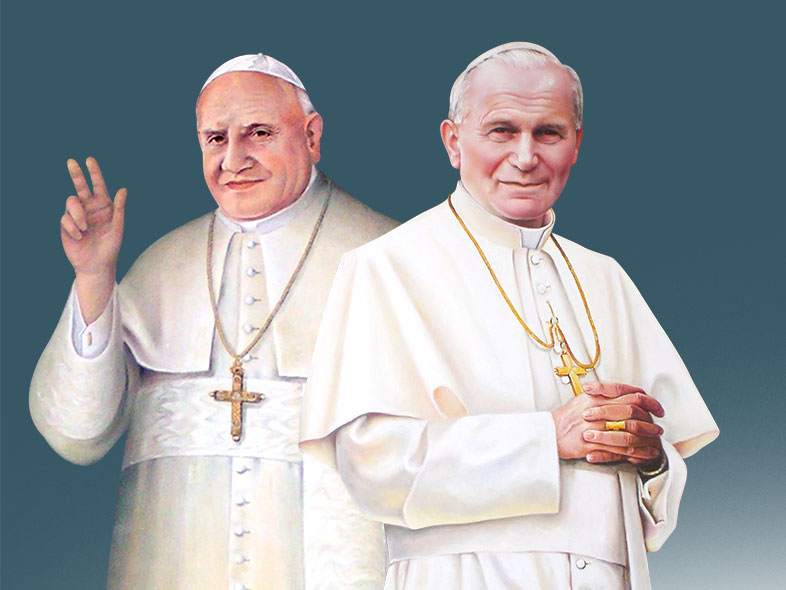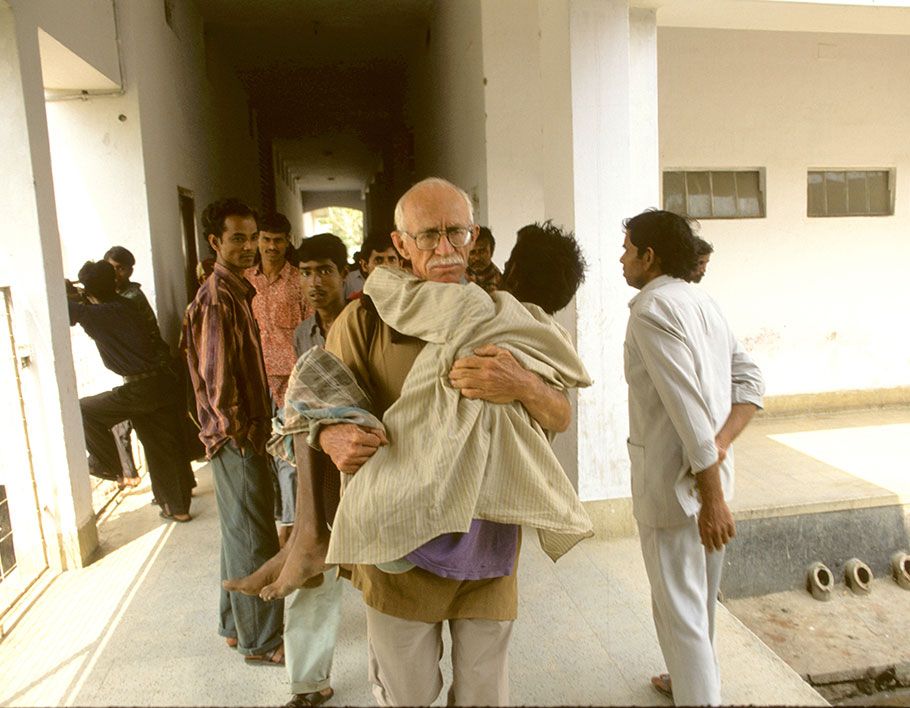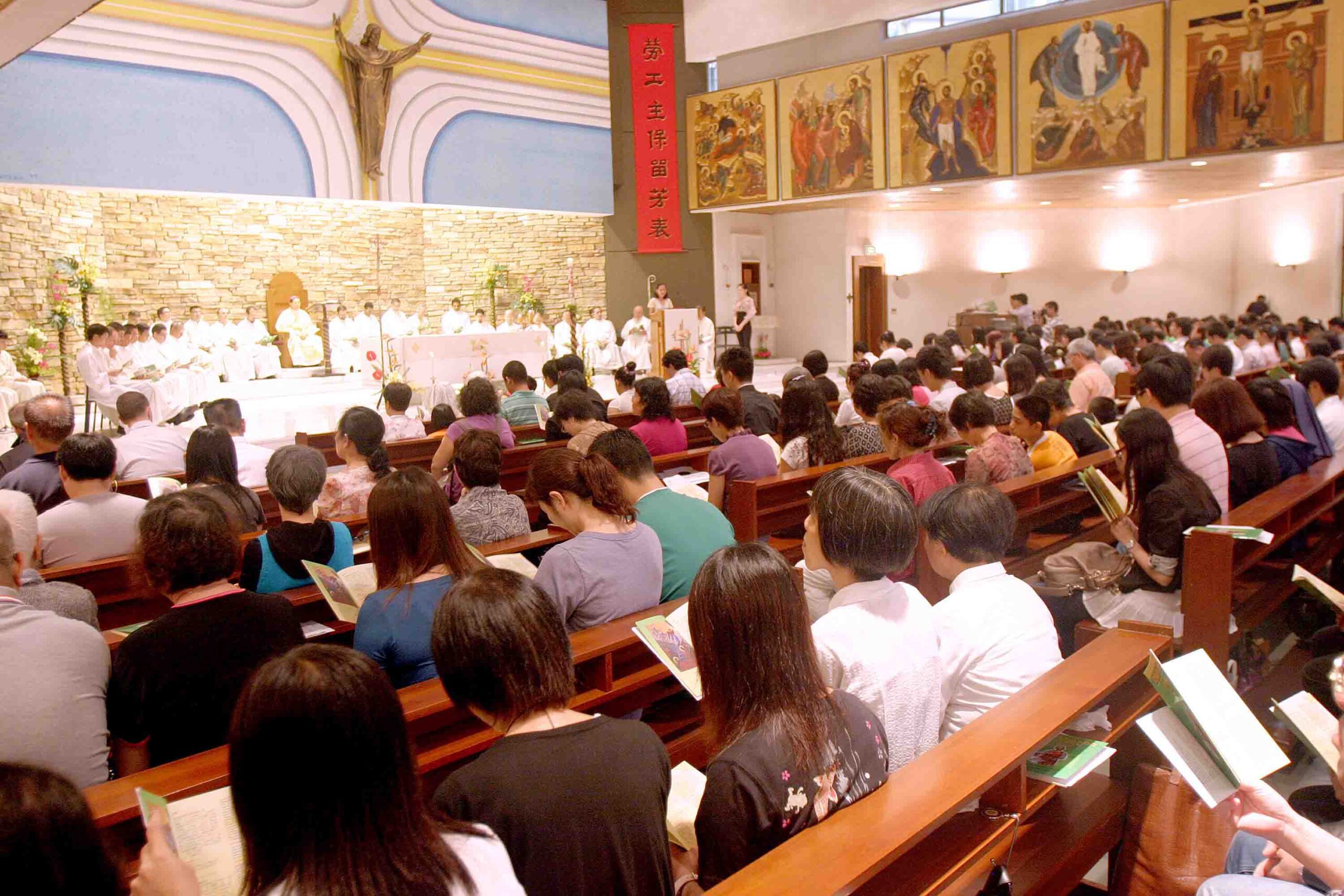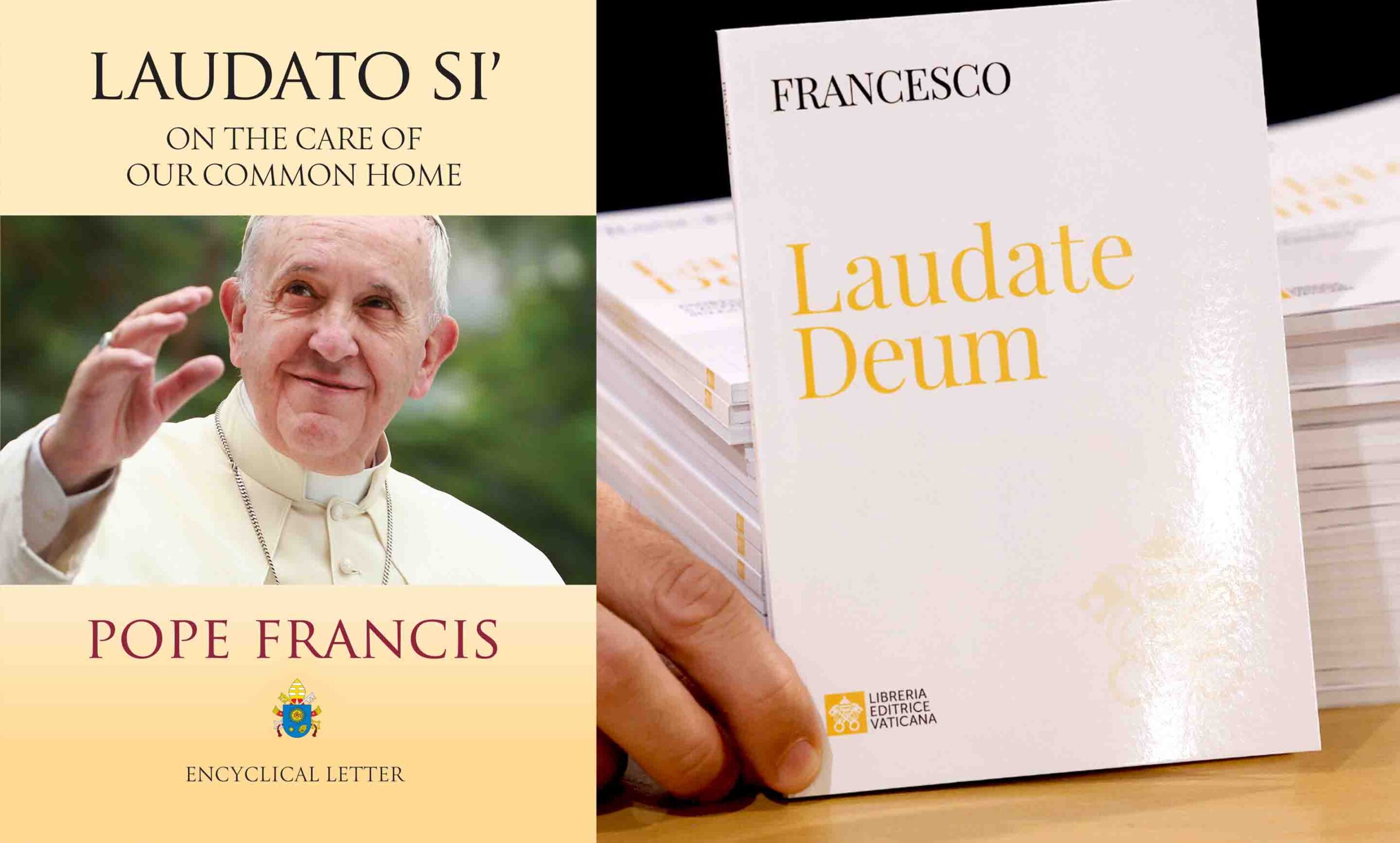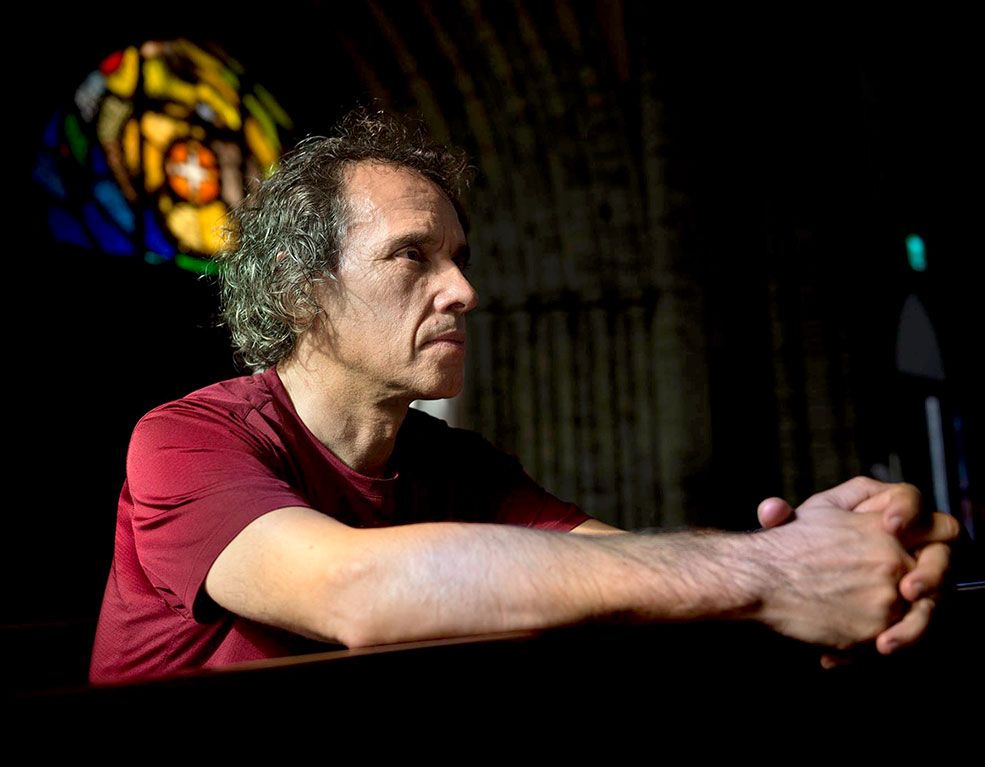Brazilians are known for their love of colors, music, and all things bubbly. This is evident even in their churches. Wherever one goes, murals cover church walls. One can see Gospel scenes, daily events represented for their impact on faith, or portraits of esteemed Catholics. One such Catholic is Fr. Ezekiel Ramin.
Fr. Ezekiel was an Italian Comboni Missionary who studied theology in Chicago, U.S.A. He then spent some time in Mexico. It was there where he fell in love with Latin America. However, after his ordination, he went back to work in his native Italy. But he knew his heart was elsewhere.
Finally, his opportunity to go back to Latin America came in September 1983. His willingness to be assigned to the mission there brought him to the community of Cacoal, Brazil. There, Ezekiel worked hard to be faithful to his commitment to be close to the poor. He immediately became involved with the Suruì Indians and the landless farmers. At that time, the Indians experienced tensions with FUNAI, the national foundation which was supposed to assist them. The indigenous Suruì were allocated land by the government which caused them to become sedentary, something they were not used to. FUNAI claimed the Indians were never satisfied with the land they had and that the natives wanted more.
Similarly, the landless farmers were experiencing a great crisis. Hundreds of them had joined a cooperative, started cultivating small pieces of land, but did not have the title or even official permission to use those lands. The fazendeiros, owners of large estates, did not like their presence in and around the fazendas (farms). Most landowners controlled and used small private armies, the jagunços, to scare small farmers and, occasionally, to eliminate the most vocal of them.
Fr. Ezekiel soon became the confidant to all these people and listened to their complaints. At first, he tried to put farmers in touch with the Pastoral Commission of the Land of the Diocese of Cuiabà. The Commission assigned Wilmar Schrader, a lawyer who was willing to represent the farmers. Yet things did not move fast enough.
On July 23, 1985, Fr. Ezekiel visited some communities. He realized that people were scared, that the insecurity of the past months was taking its toll on them. Some were thinking of taking up arms to fight the fazendeiros. Ezekiel decided to go to Fazenda Catuva and talk to the owner. Ezekiel invited Adilio de Souza, the president of the Association of Rural Workers of Cacoal, with the intention of talking to the small farmers present in that property and inviting them to leave the area to avoid violent confrontations. The meeting was short and at about midday, Ezekiel and Adilio were on their way back. As they arrived at the entrance of the large estate, a group of jagunços shot Ezekiel to death. Adilio was able to escape and ran to inform the other missionaries.
The missionaries called the bishop and the police. It was only the following day that they could reach the place of the ambush. The body of Ezekiel, disfigured by the many bullets, was still there, at some distance from the car. Nothing had been taken from him. The killers had only one intention: to take his life.
News of Ezekiel’s death resounded, not only in Brazil, but in other parts of the world. Back in Italy, his brother, Antonio, told the press: “We forgive and we shall not pursue the assassins. We are Christians; we know Ezekiel would have forgiven them.”
THE MARTYRS OF EL SALVADOR
Óscar Arnulfo Romero y Galdámez was born in 1917. His father, a carpenter, sent him to public school which only offered Grades 1 through 3. He was privately tutored after that, until the age of 13. At the same time, Oscar’s father taught carpentry to the young boy. But instead of becoming a carpenter, Oscar joined the minor seminary in 1930. He would later travel to Rome to finish his theological studies.
Back in El Salvador in 1943, he was sent to the parish of Anamorós. Later, he became the parish priest of San Miguel where he worked for over 20 years. In 1966, he was chosen as Secretary of the Episcopal Conference of El Salvador and editor of the Archdiocesan magazine, Orientacion. Oscar used the pages of the magazine to defend a very conservative vision of the Church and society. This is why many priests did not rejoice when he was chosen as auxiliary bishop to San Salvador Archbishop Luis Chávez y González in 1970.
The poor and marginalized in El Salvador were growing in number by the day. Part of the clergy aligned with the political left, asking for reforms and more attention for the poor. Many were concerned that Oscar Romero’s views would block any possible change. When, in 1977, he was appointed Archbishop of San Salvador, politicians welcomed his election. Many priests, however, thought it spelled the end of their commitment to the poor.
On March 12, 1977, Rutilio Grande, a Jesuit priest, was killed in El Salvador for creating self-reliance groups among the poor campesinos (farmers). His death had a profound impact on the Archbishop of San Salvador. In an interview a few days after Grande’s death, Romero said: “When I looked at Rutilio lying there dead, I thought: ‘If they have killed him for doing what he did, then, I, too have to walk the same path.’”
The Archbishop, known for his conservative political views, urged the government of Arturo Armando Molina to investigate the crime. No one in the government listened. Romero was confused and started doubting his own political stand. He began to protest against poverty, social injustice, assassinations and torture taking place in the country.
When the Revolutionary Government Junta came to power in 1979, a wave of human rights abuses from paramilitary right-wing groups and from the government shook the country. The Church took a stand against the violence, and paid a heavy price: more than fifty priests were attacked, threatened and defamed. Six of them were assassinated; others were tortured, or expelled from the country. The Archbishop found the courage to speak up openly against this persecution and supported the work of those raising a voice in favor of the oppressed. Oscar urged Christian soldiers to obey God’s higher order and to stop carrying out the government’s repression and violation of basic human rights.
In February 1980, Romero was given an honorary doctorate by the Catholic University of Leuven. While in Europe to receive this honor, he met Pope John Paul II and expressed his profound fear at what was happening in his country. The Archbishop confessed his reluctance to support the government of El Salvador because it used terror and assassinations to its own ends.
The government’s answer to Romero’s persistent protests did not take long to come. On March 24, 1980, the Archbishop was celebrating Holy Mass at a small chapel near his cathedral. As soon as he finished preaching, while offering the bread and wine on the altar, a squad of killers shot him dead. His blood mixed with the wine of the chalice. His funeral on March 30 saw the participation of more than 250,000 mourners from all over the world. Once again, unknown militia started shooting at people. Many died during the ensuing mayhem.
However, no matter what the government did, the people kept his legacy alive. Oscar Romero became a symbol of the struggle for human rights. Many came to love this gentle priest who had the courage to convert, listen to the cry of the poor, and change his stand.
A LIGHT FOR AFRICA
In 1969, when Africa was taking its first steps towards independence and few people ever thought of venturing there, Annalena Tonelli moved to Kenya. She was a lawyer by training, with a long experience of working alongside the poorest in her town in northern Italy. “I went ready to proclaim the Gospel following the footsteps of Charles de Foucauld, a man who inspired me,” she said at a convention in the Vatican in 2001. “Since I was a girl, I already decided to dedicate my life to serve the poor, the hungry, those who have been abandoned. I wanted only to follow Jesus.”
Annalena went to Africa without the support of an organization. This lay missionary totally dedicated herself to others. For seven years, she worked with disabled children, before acting as a guide for a pilot project of the U.N., which sought to eradicate tuberculosis among nomads in northern Kenya. There, she felt the isolation of being young, white and Christian. The local population could not understand her choice to be celibate.
In 1987, she moved to Somalia to continue the fight against tuberculosis. Her experience in Somalia proved to be more difficult. On several occasions, she narrowly escaped the fighting that engulfed that country. After a few close encounters with death, she settled in Borama in Somaliland, where she opened a hospital for those with tuberculosis and AIDS. She also set up a small school for deaf and disabled children. The only Christian in a Muslim population, she participated in the Eucharist only twice a year, when the Bishop of Djibouti paid a visit. “The people pray for my conversion to Islam. They tell me so. They also say that God knows, and I may go to heaven even if I remain Christian.”
Yet not all were happy with her presence and work among the people. On October 5, 2003, two killers waited in the dark near her house and shot Annalena in the head. Those who heard the shots ran for help, but it was too late. Annalena died a few hours later in the same hospital she built.
AN INEXHAUSTIBLE LIGHT
Ezekiel, Oscar and Annalena: three modern martyrs who believed in the nobleness and dignity of serving the poor, the marginalized, and the forgotten. Despite the danger and inconvenience that their work posed, they completely surrendered their lives to God, trying to do more and give more of themselves each time. All of them were killed for their faith. But even death could not extinguish the light they carried. To this day, one sees the face of Ezekiel adorning many murals covering the streets of Brazil. Thousands of people visit Oscar’s tomb every day. The Somali people, as well as the U.N. and W.H.O., continue to remember Annalena and her work. Even in death, their lives gave testimony to the Resurrection of Christ.
THE HOPE OF THE RESURRECTION
During a Mass in Angola presided over by Pope John Paul II, the lives of countless martyrs, simple citizens, men and women who were tortured and killed before their own children by the guerillas because they were seen as positive examples in their community, were remembered. It took a while before all their names could be read. As each person was being recalled, a somber atmosphere fell upon all those present. Despite the air of sadness brought about by much pain and death, the Pope exhorted the faithful and reminded them that the martyrs did not die in vain. Although their bodies may be lifeless, they continue to live in the hearts of those whose lives they touched.
From the blood of the martyrs like Ezekiel, Oscar and Annalena, the men and women of Angola, as well as countless other modern-day martyrs, shall rise a new Church, John Paul said. This is the joy and the hope promised by Christ’s own Passion and Death, the promise of the Resurrection. After martyrdom and death comes resurrection.

